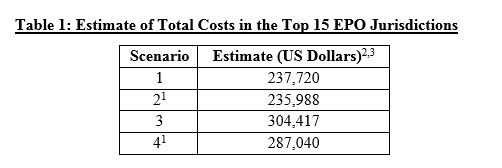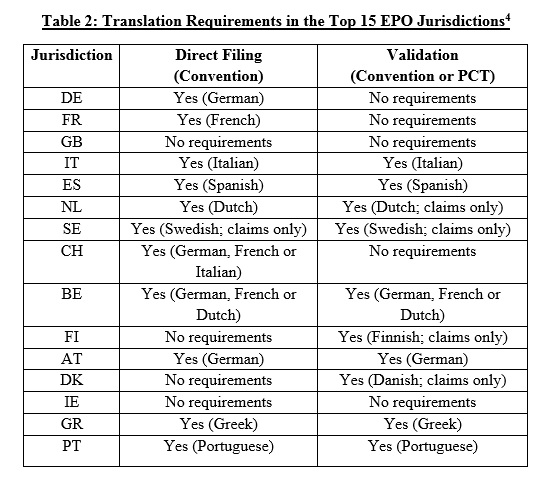
Traversing the Mystifying European Path
Published on 11 August 2016
The European patent system is a highly complicated one. Foreign applicants who wish to get a patent registered in Europe have two options available. The first is to file an application for a European patent with the European Patent Office (EPO), said application being filed either through the Paris Convention or through the Patent Cooperation Treaty (PCT). The application is subsequently processed by the EPO till grant, after which the applicant is mandated to “validate” the patent in member states of interest, a process that generally involves the payment of an official fee, and translation of claims and/or the entire specification.
The second option is to directly file a patent application with the respective national patent offices, again either through the Paris Convention or through the PCT. However, certain member states require foreign applicants to enter their jurisdictions only through the EPO and not directly during the PCT National Phase.
Let us consider a U.S. application comprising 40 pages including 15 pages of claims (with 3 independent claims), and 5 pages of drawings. Let us further consider that the applicant wishes to get a patent registered in the top fifteen* European jurisdictions namely Germany (DE), France (FR), the United Kingdom (GB), Italy (IT); Spain (ES), the Netherlands (NL), Sweden (SE), Switzerland (CH), Belgium (BE), Finland (FI), Austria (AT), Denmark (DK), Ireland (IE), Greece (GR), and Portugal (PT).
Of the 15 jurisdictions, direct PCT National Phase entry is not possible for BE, FR, GR, IE, IT, and NL.
There are four possibilities as shown below:
Scenario 1: A convention application filed with the EPO is validated in the fifteen jurisdictions;
Scenario 2: A PCT National Phase application filed with the EPO is validated in the fifteen jurisdictions;
Scenario 3: Convention applications are directly filed in each of the fifteen jurisdictions; or
Scenario 4: PCT National Phase applications are filed with the EPO as well as the patent offices of DE, GB, ES, SE, CH. FI, AT, DK, and PT, and the granted EP is validated in BE, FR, GR, IE, IT, and NL.
Table 1 shows an estimate of the total costs (official, associate, and translation) incurred through 2036 (including those for the U.S. application) for each of the four scenarios.

The second scenario (validation through PCT) turns out to be the cheapest and is~$1,700 cheaper over validation through the Convention route. However, this may change if the applicant opts for examination and supplementary examination during the PCT phase.
The validation route offers significant cost savings over direct filing and the combination of validation and direct filing. This may be due to the London Agreement as a result of which CH, DE, FR, GB, and IE dispensed entirely with the translation requirements, and certain other jurisdictions such as NL and SE dispensed with the requirement to translate the description (Table 2).

The Strategy Planner is an advanced tool from Quantify IP that allows a user to accurately estimate the costs for any number of scenarios in a hassle-free manner. It can be used as a stand-alone system or as an add-on to the Portfolio Estimator, a tool that facilitates accurate estimation of costs for a portfolio of patent families.
Impressed? Contact us to learn more, schedule a demo, or request a free limited trial.
Notes:
*- Based on EPO Annual Report, 2015; Liechtenstein has not been considered separately
- PCT application is filed with USPTO as the receiving office and International Searching Authority; it is assumed that PCT Chapter II Demand is not filed.
- EPO grant year is 2021 for a Convention application and 2023 for a PCT National Phase application, based on our research of ‘typical time-to-grant.’
- Number of translation pages per prosecution action (where applicable) = 10
- Translation requirements are for an initial application filed in English; “Yes” denotes translation of the entire specification is required, unless mentioned otherwise

 for assistance.
for assistance.

